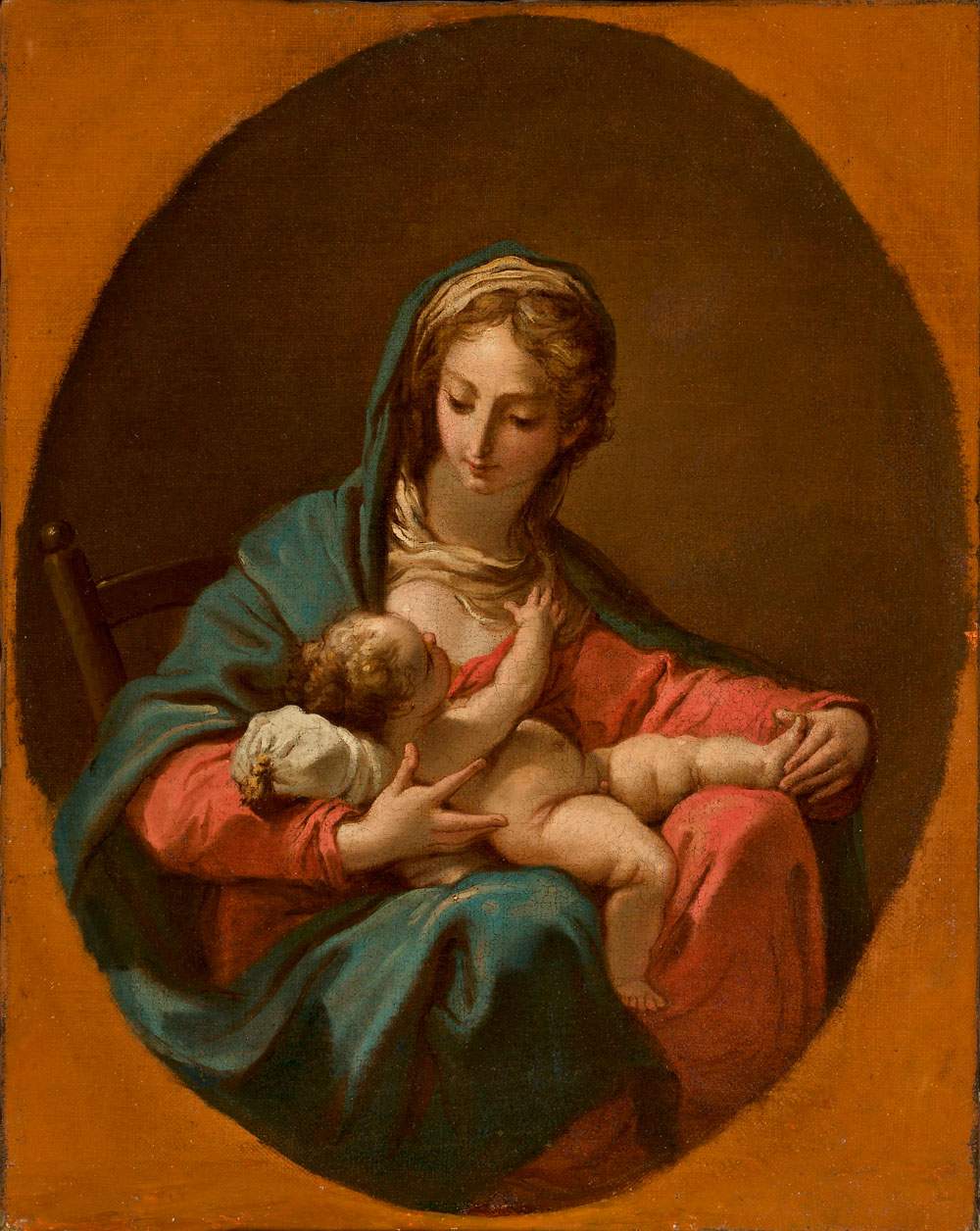Casa Saraceni narrates the art of eighteenth-century Bologna
Casa Saraceni, home of the Fondazione Carisbo, retraces another century of Bolognese art: after the success of the exhibition that traced the seventeenth century of Bolognese painting with works by Reni, Guercino, Cantarini, Pasinelli and many others, the exhibition Burrini, Crespi, Creti, Gandolfi will open to the public from September 25, 2020. The Bolognese Eighteenth Century in the Collections of the Fondazione Cassa di Risparmio in Bologna, curated by Angelo Mazza.
The exhibition will begin with five canvases by Giovanni Antonio Burrini: the large painting with Count Fabio Albergati portrayed by the court painter while paying homage to Philip II, King of Spain, and the four large oval portraits with illustrious figures related to the history of the Albergati family; works described in the inventories of the Bolognese senatorial family.
This will be followed by theAmoroso incontro di Rinaldo e Armida by Giovan Gioseffo dal Sole, a pupil of Lorenzo Pasinelli, who proposes in the two taxing figures ideals of aristocratic beauty, and works by Giuseppe Marchesi known as il Sansone, a pupil of Aureliano Milani, and Marcantonio Franceschini, the author of an altar painting intended for a private oratory.
A protagonist of the first half of the eighteenth century in Bologna was Donato Creti, enfant prodige, who at the age of about sixteen to seventeen delivered a Self-portrait to his protector Count Alessandro Fava and, a few years later, placed in the church of San Gregorio dei Mendicanti his first painting exhibited in public, unfortunately lost, of which the Foundation’s collections preserve the preparatory model. His style is also evidenced in the exhibition by the large allegorical Tomb of Lord Torrington, executed around 1730 together with Nunzio Ferrajoli, author of the landscape, and Carlo Besoli, who took care of the architectural perspectives: the work was part of a series of canvases destined for England and commissioned by an Irish theatrical impresario stationed in Venice.
Giuseppe Maria Crespi, on the other hand, is represented by a battle scene between knights, reminiscent of Jerusalem Delivered. Also featured are a Portrait of a Gentlewoman with a Fur Collar, made by her son Luigi Crespi and dated 1737, and a painting by a gifted pupil, Antonio Gionima, depicting Christ Falling Under the Cross. By Antonio Beccadelli is the Girl Tuning the Lute, a very recent purchase by the Foundation.
Protagonists of the second half of the century were the brothers Ubaldo and Gaetano Gandolfi. On display by the former are the panel with St. Augustine and theApparition of the Archangel Michael to St. Francis of Paola, a model for the altarpiece now housed in the Pinacoteca Nazionale in Bologna; by the latter are the canvases with a Beggar and an Old Woman with a Rosary Crown, and the Death of Socrates, a 1782 painting commissioned by Filippo Trenta.
The exhibition is open to the public until Jan. 10, 2021.
For info: www.fondazionecarisbo.it
Hours: Tuesday through Friday from 3 to 6 p.m.; Saturday and Sunday from 10 a.m. to 6 p.m. Closed Mondays.
Free admission.
Image: Gaetano Gandolfi, Madonna nursing child.
 |
| Casa Saraceni narrates the art of eighteenth-century Bologna |
Warning: the translation into English of the original Italian article was created using automatic tools. We undertake to review all articles, but we do not guarantee the total absence of inaccuracies in the translation due to the program. You can find the original by clicking on the ITA button. If you find any mistake,please contact us.




























